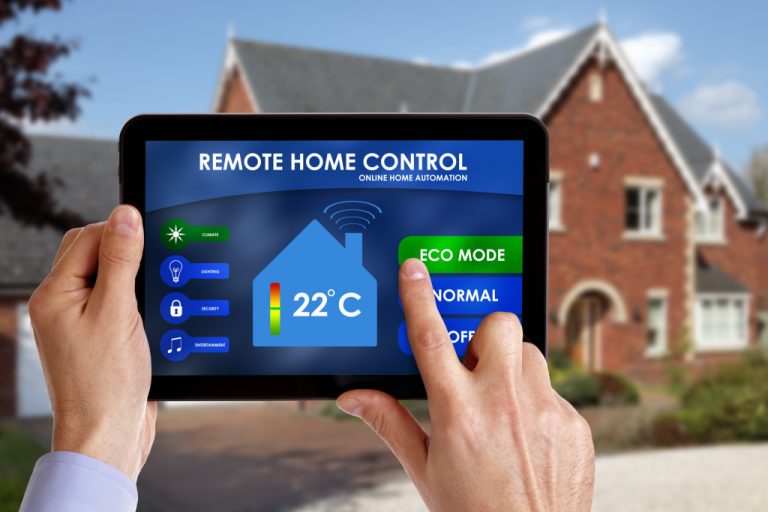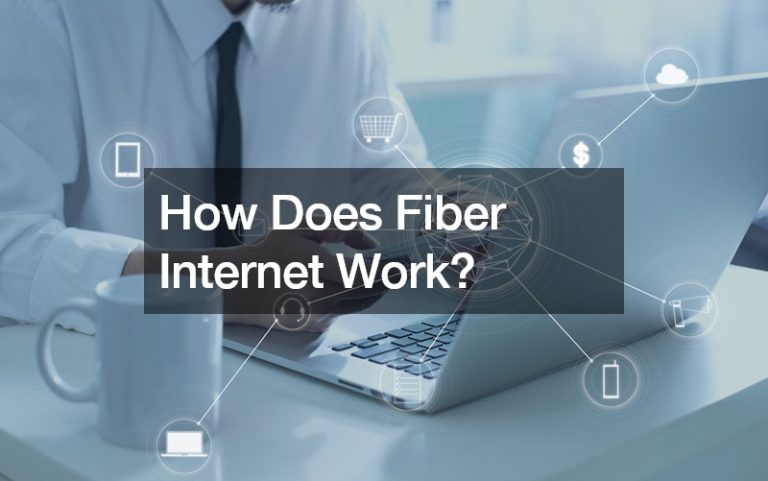As digital devices become more and more prevalent in our lives, it’s essential to consider their energy efficiency. Many gadgets have energy-saving features that can help reduce your overall energy consumption. Here are some of the latest innovations in energy-efficient digital technology.
Energy efficiency in digital gadgets
As technology progresses, it’s more important than ever that digital gadgets become more energy efficient. The demand for ever-more powerful devices is constantly pushing boundaries—but with limited sources of energy around the world, it’s an important goal for companies to adopt a green mindset when creating products.
From smartphones to gaming consoles, every device has the potential to rely less on power from traditional sources and use alternative sustainable energy solutions. Besides being much better for the environment, these cost-effective solutions make these devices significantly cheaper to run—creating a win-win situation.
How new technologies are making digital devices more energy efficient
New technologies are making digital devices more energy efficient than ever. Smart devices, for example, now feature smart power management systems that tap into the user’s data to intelligently prioritize which apps or features require power and which can remain idle to conserve energy.
Wake on LAN (WoL) is another innovative technology that can help digital devices become much more energy efficient. WoL allows computers, routers, and other connected devices to be powered remotely over a network when required. This means that rather than having all components running continuously, users can switch them on or off as needed, drastically reducing overall energy usage.
Readers and displays used by most digital devices have become increasingly bright while using much less energy, enabling higher-resolution images and videos while preserving a relatively low-power draw.
Finally, introducing low-power processors into digital devices is another way to make them more energy efficient. Low-power chips consume much less energy than their counterparts and can help significantly reduce the overall power draw from connected devices. By using these types of processors, manufacturers can now create energy-efficient gadgets that are still powerful enough to handle complex tasks.

Examples of some of the most popular energy-efficient gadgets on the market
Smart technology is rapidly advancing, with energy efficiency as a critical goal. Some of the most famous examples on the market include LED bulbs and motion sensors for lighting. Using LEDs reduces energy-lighting consumption by more than 75%, making LED technology highly sought after for commercial and residential applications.
Smart thermostats are also becoming increasingly popular to reduce electricity bills. Companies such as Nest and Ecobee offer LCD touchscreens that enable users to control when heating or cooling systems turn on while learning which temperatures a household prefers and optimizing programmable settings accordingly.
Solar chargers are another popular product due to their ability to convert sunlight into electrical power, allowing households to effectively reduce their carbon footprint and make a positive environmental impact.
Tips on how to choose an energy-efficient gadget
When purchasing energy-efficient gadgets, do your research! Look for any energy efficiency labels like Energy Star. This label indicates that the product meets specific standards of energy efficiency. If a product does not have Energy Star, it may still be energy efficient; it just hasn’t been tested or approved by the government. Consider researching warranty options as well. A good company or manufacturer will offer along warranty to cover the product’s life.
Finally, consider any operational costs that come with maintaining the gadget’s efficiency. Operating costs can include running costs like electricity, but they can also include additional user fees like subscription and repair costs over time. Once you’ve collected this information and done your research, you can compare different options and decide which one best meets your needs and budget!
Where to find more resources on this topic
If you are seeking further information regarding this topic, some great places to start include reading relevant books from your local library or searching online.
Searching online for information on energy-efficient gadgets is an effective way to find out the best products available. There are several useful tips to maximize your search and make sure you get reliable, up-to-date information such as checking reputable sources, confirming sources and facts, and examining reviews from real users.
Many knowledgeable websites offer substantial resources that can help broaden and deepen your understanding. Additionally, educational organizations such as universities and museums may hold seminars on the subject – these are excellent opportunities to learn more in a live setting.
Digital devices are becoming increasingly energy efficient, with a variety of ways to reduce power consumption. Some popular gadgets include LED bulbs, smart thermostats, and solar chargers. Operational costs should also be considered when purchasing an energy-efficient device. When making a purchase, do your research and compare different options to find the best one for you!












